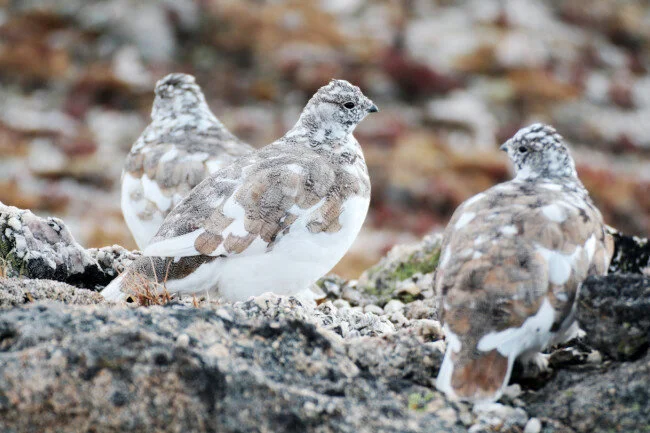Many organisms dedicate their entire adult lives to finding a mate and producing offspring. The rhythms of sex govern the actions and choices of so many animals that it seems to be a rule of biology: Sex is important.
But life’s multifariousness yields some exceptions. A small percentage of animals reproduce asexually, though many of these also resort to sex now and then. These asexual outliers have different techniques for reproducing: Some small invertebrates create offspring by budding, growing small versions of themselves that eventually detach; others, like some corals, can divide themselves in two. Some fish species need males around only because they require sperm to kickstart their reproductive process, even though they only rarely incorporate any genetic material from those males.


















